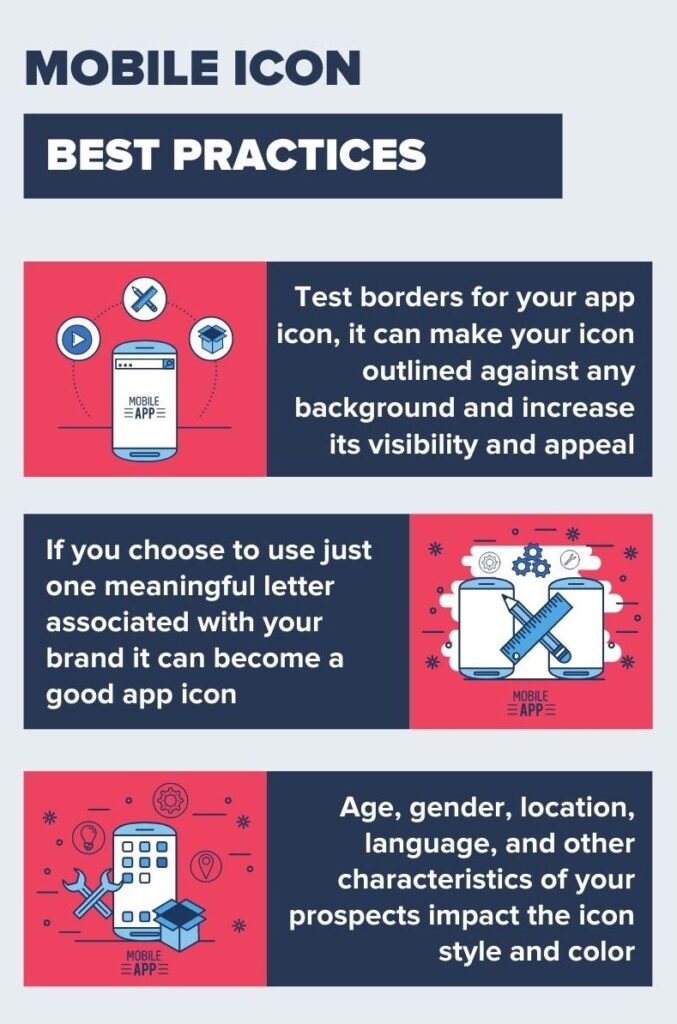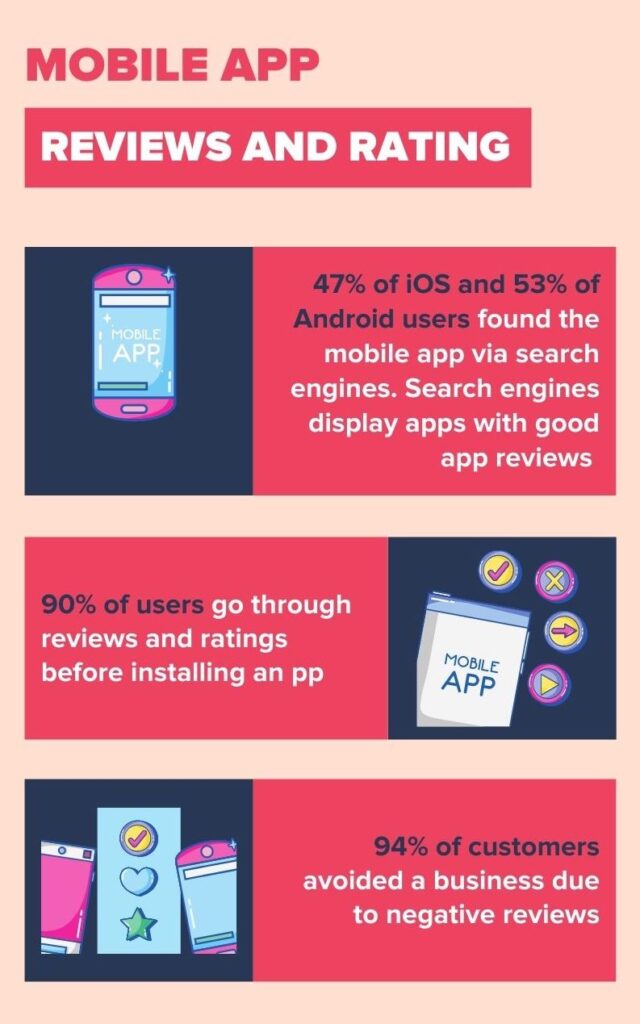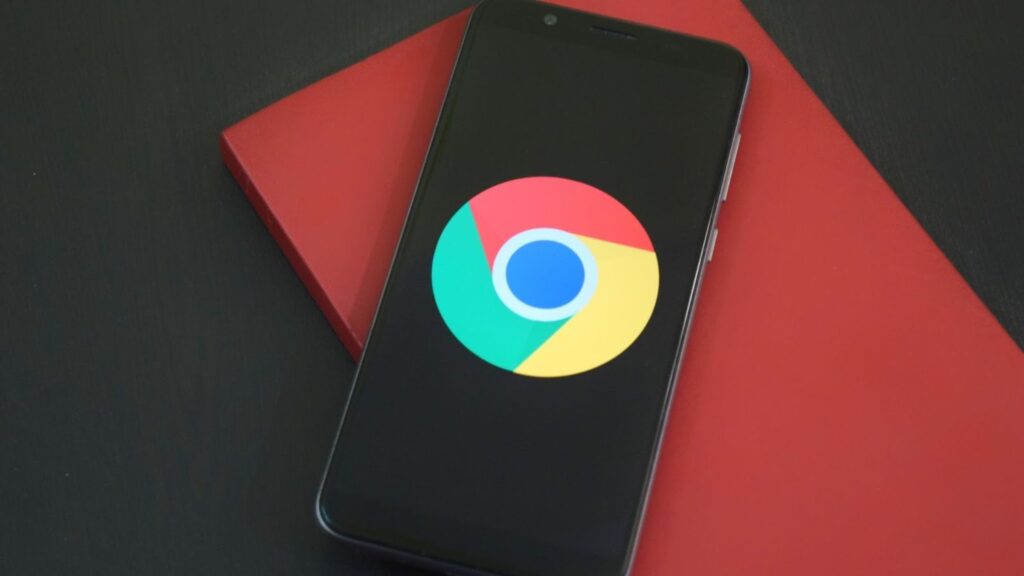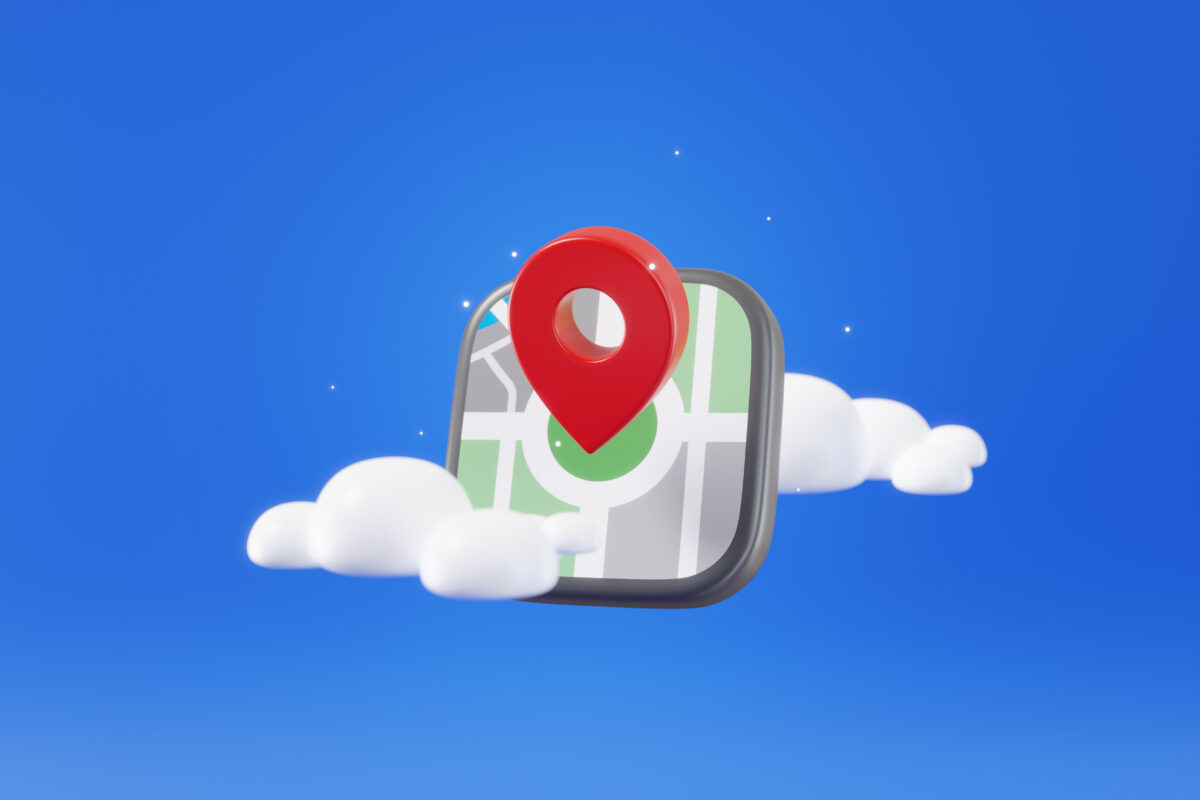
2022 Complete Guide to ASO
Every year there is a need for the newest and most advanced technology. Most companies and technology speedily update and create new functions and opportunities to improve the lives of creators and consumers everywhere. However, when it comes to producing apps and making them mainstream, you will need to know how to utilize ASO or App Store Optimization.
App Store Optimization (ASO) is a process of using different techniques to make an app more visible and appealing in app stores. The main way that people apply ASO is by using the most up-to-date keywords, imagery, descriptions, and category placement. ASO techniques also need to be updated yearly.
Now that we have a step-by-step guide to App Store Optimization, we need to delve deeper into how to accomplish each step and create the marketing opportunities your app needs to become a giant in your specific mobile industry in 2022.

1. Create a Title
One of the things that are integral to optimizing your app for app stores is being incredibly picky in the words you use. This is true throughout the whole showcase of your app, but especially in your title. Your title is the first thing that a consumer will see. It can attract them to look into the app more or diffuse any interest in a split moment. It’s important to make sure that any app user can understand what the app is about.
The Google Play store requires you to reduce your character amount to a smaller amount than Apple, so you will need to adjust the title of your app between both stores.
Apple has a large character amount, so it is beneficial to be creative, accurate, and use many keywords in your title. For Google Play Store, you will need to create a short title that is descriptive and efficient at the same time.

2. Use Keywords
Keywords are a way that Apple and Google help consumers be guided to the content they want. In other words, the consumer searches for what they want, and then Apple/Google will find that word and similar words in-app titles, descriptions, and other more to create results. You want to use the words that the algorithm that Apple/Google uses most often to find content that is similar to yours.
Examples of potential keywords are exercise, weights, or running for people looking up workout apps or gym apps. Each app category has different keywords and keywords also shift depending on your audience, location, language, and age. This means that you will constantly need to be aware of and use accurate keywords. It is worth being proactive in your word choice because up to 70 percent of app traffic comes straight from searching through the app search engine.
The difficult part is finding what keywords will be most effective for your app. You may not easily be able to identify keywords, so you are left with having to just try some or find insights and data to point you in the right direction. A simple process you can follow is writing down a lot of potential keywords, looking up the popularity of each of them, and utilizing 5 of them that you like. A helpful tip is to use keywords that are popularly searched with fewer apps that utilize the word.
Once you have picked your keywords, you will want to implement them throughout your app title and description. Apple only allows you to use 100 characters, not words, in your app description while Google has a 4,000 character limit. This means you will have to brand specifically for the platform you are using. With either platform, you will want to have keywords in the description up to five times. If you put them in more than 5 times, you will be penalized.

3. Be Effective in Your Description
Now you are able to write about your app. What you say about your app is important because this can convince someone that your app is worth trying. It is important to be effective in how you say it though because people have a short attention span. The best way to be able to do this is to answer the simple questions we all know: how, who, what, when, where, and why. Some examples of questions you can ask yourself are:
- How does the app work?
- Who will benefit from this app?
- What makes this app different and better than others?
- When would this app make sense?
- Why should they get my app?
The most important thing to think about when writing your description is that your audience needs to be enlightened, appealed to, and intrigued enough to act in a few words. Place your best foot forward!

4. Make App Visually Appealing
On a similar note to how you write about your app is how you visually showcase your app. People are visually drawn more quickly than other methods, so it is important to pay attention to the details. Some of the details that you should be aware of are your app’s icon, screenshots, and the app’s preview video.
There are five aspects to consider when creating an icon for your app: size, the ability to recognize it, consistency, uniqueness, and sticking to just an image.
Your app should be able to look good in any size, whether it is in the app store, on a home screen, in a folder, or anywhere else you can find an app. If it can look good anywhere, then you can be more confident that people will like it and want to look into it. The ability to recognize the app is important because then your consumers will remember it and use it consistently. It can also help you in your marketing efforts.
Another thing to be aware of is that your app should portray what the app is about in a way that is unique and appealing. Some examples of this are your messaging apps and email apps. They usually are images that easily connect to the experience the app gives like a speech bubble for a text app or a letter for an email app. This can shift depending on the purpose of the app.
Regardless of what your app is about, you want to make sure that it looks unique in comparison to other apps with a similar purpose. An example of having unique symbols and icons for apps with similar uses is Gmail and Outlook. Gmail has a letter in bold colors that fits with the rest of Google’s branding while Outlook has an open letter with a cool, blue color scheme. Both of these attract viewers with unique and recognizable images.
In some people’s opinion, words can detract from the visual appeal of your icon. This is a good rule of thumb because it isn’t as visually appealing as other options. There are a few exceptions where some apps use words as their main focus in an icon, like Uber, Calm, and a few others. But there are a lot more successful examples of icons with images than with words alone.
Good screenshots of your app are a great investment. It is cited as the second most influential force when it comes to people downloading your app. They can quickly and easily see how the app works and what it will look like.

5. Place Your App in the Right Category
Similar to keywords, the app category is how your app is found. Google or Apple has an idea of what app category users download front the most, so it may suggest user apps in the same category. Users can also look at individual categories themselves, choosing apps that they enjoy. Your app may fit in one category, so choose the one it fits in the most, or whatever category is the most popular. ASO is all about doing what you can to reach the most amount of users.

6. Encourage Reviews, Rating, and Sharing
When users go to download an app, they look at the reviews and ratings or talk to someone who shared the app with them. Sometimes, users look at the reviews more than the description of the app that you created.
Users aren’t likely to leave a review on their own, so encourage users in the app to leave reviews. It usually looks like an in-app pop-up that asks users if they have enjoyed their experience and encourages them to leave a review and rating on the app store.

7. Repeat Often
Once you have gone through the process to optimize your app in the app store platform you are using, you are set to see how the modifications impact your downloads and your profits. It can take some time to see the changes, both positive and negative. However, once you have seen the differences, you should modify your approach to make it more effective. It will never be a one-and-done app. To keep current customers and recruit new ones, you have to always be innovating, changing, and keeping up with the new trends or updates.

Things that Changed in 2022
There are quite a few updates that are impacting how many people are marketing their mobile apps. A lot of the updates have to do with how Apple and Google are adopting and adapting different policies, opportunities, and consequences.
Apple Updates
One of the things that changed is how Apple ads are used and run. Due to some changes that were made in 2021, there are fewer ad spots open, and more people want to have those slots. This caused the price to go up for an ad. Reacting to that, it made it so lots of developers are now trying to use ASO to promote their content. It will be vital to use Apple ads and to be consistent in your optimization techniques in order to remain one of the top developers.

Apple has also improved the number of statistics available to you as a developer. One of the marketing tools that were already available to developers was In-App Events. These would be like ads, except they come up differently and attract people to your app in a different way. Now you can see how effective your events are! Apple will let you see impressions, and downloads, and see aspects of the demographic of users that interacted with your event.
Apple has also modified the submission process for apps. This seems to give developers the ability to add more information to the application, allowing developers to completely showcase apps. They also are able to modify their submissions and see previous submissions.
Another thing that Apple is testing is having four screenshots being visible on the search page instead of just three. Apple has also released in-store A/B testing, which will be integral for developers to optimize with the changing cultures and consumers.

Google Updates
Google has had some changes as well! Google has reduced the character allotment for titles down to thirty characters. This will force many to rethink titles. This could lead to developers getting a fresh start and an opportunity to be able to get their app more views and downloads. Google is also allowing people to see what is being done with the personal data that is being collected by apps and also will show statistics based on the country rather than globally. Ratings have also become a vital way that impacts your app’s visibility.

Both Apple and Google
Both systems use keywords in a new way this year! Keywords have always been critical to improving your app and the amount of visibility that it receives. Yet, the systems have been adapted to put more weight on keywords. Apple in particular has always weighed words at the beginning of the app title heavier than others, but some feel that the weight has increased.
With these steps in place, you will be able to effectively use ASO to reach your goals! We wish you the best of luck in your marketing experiences.




